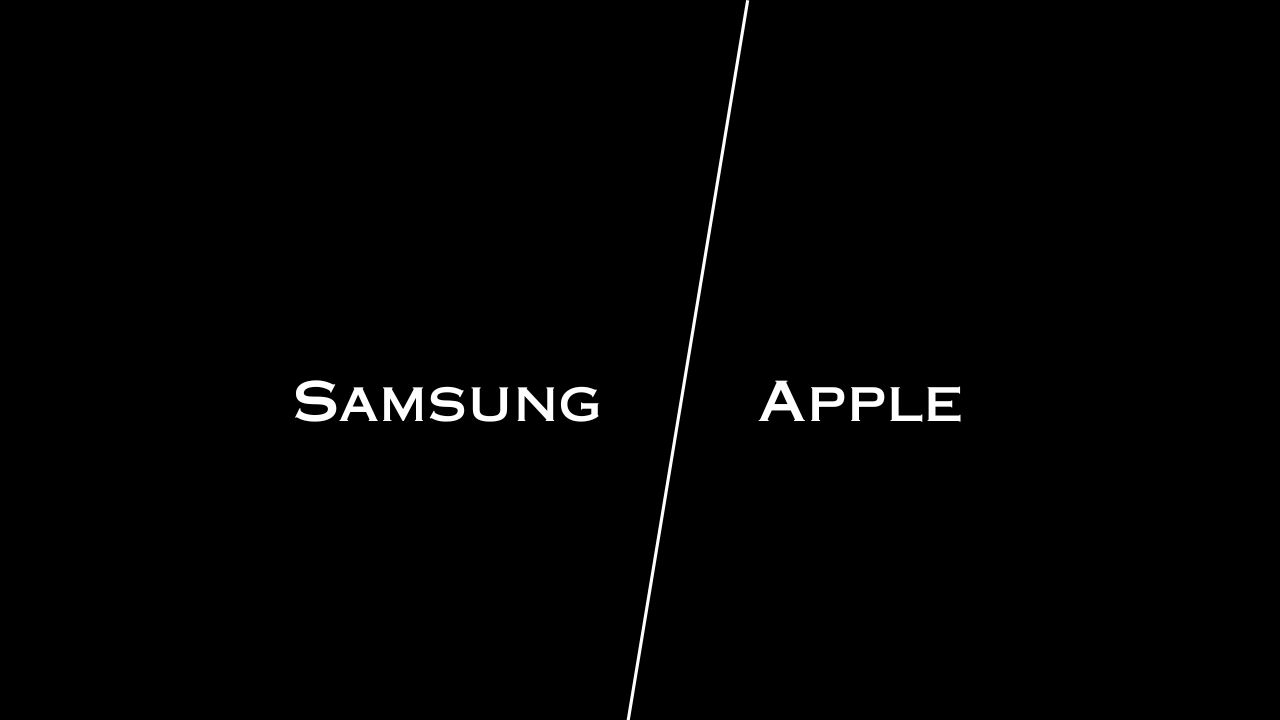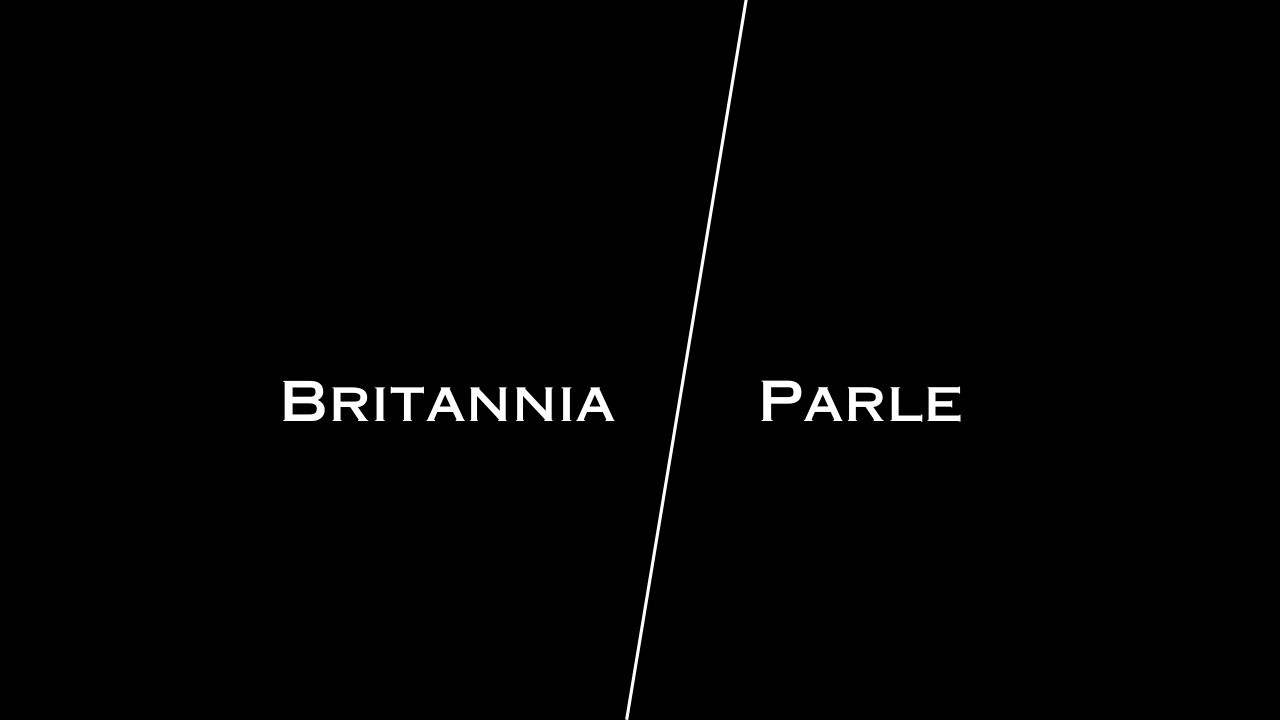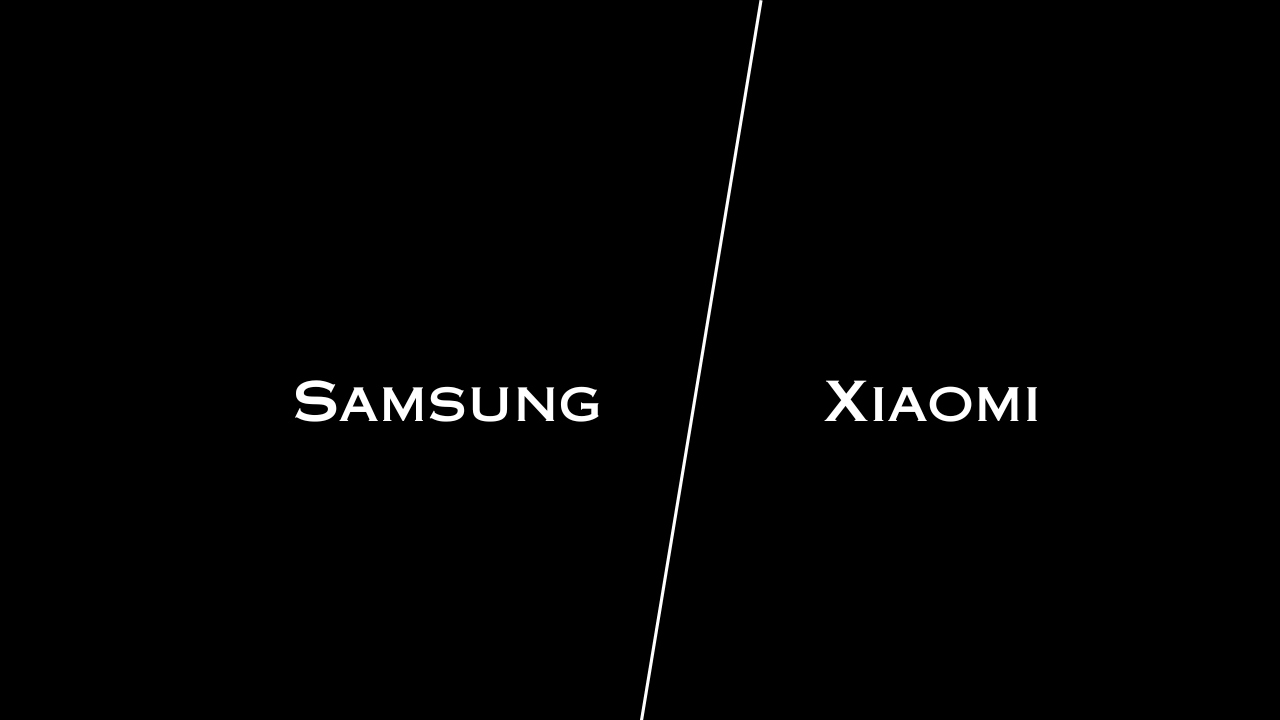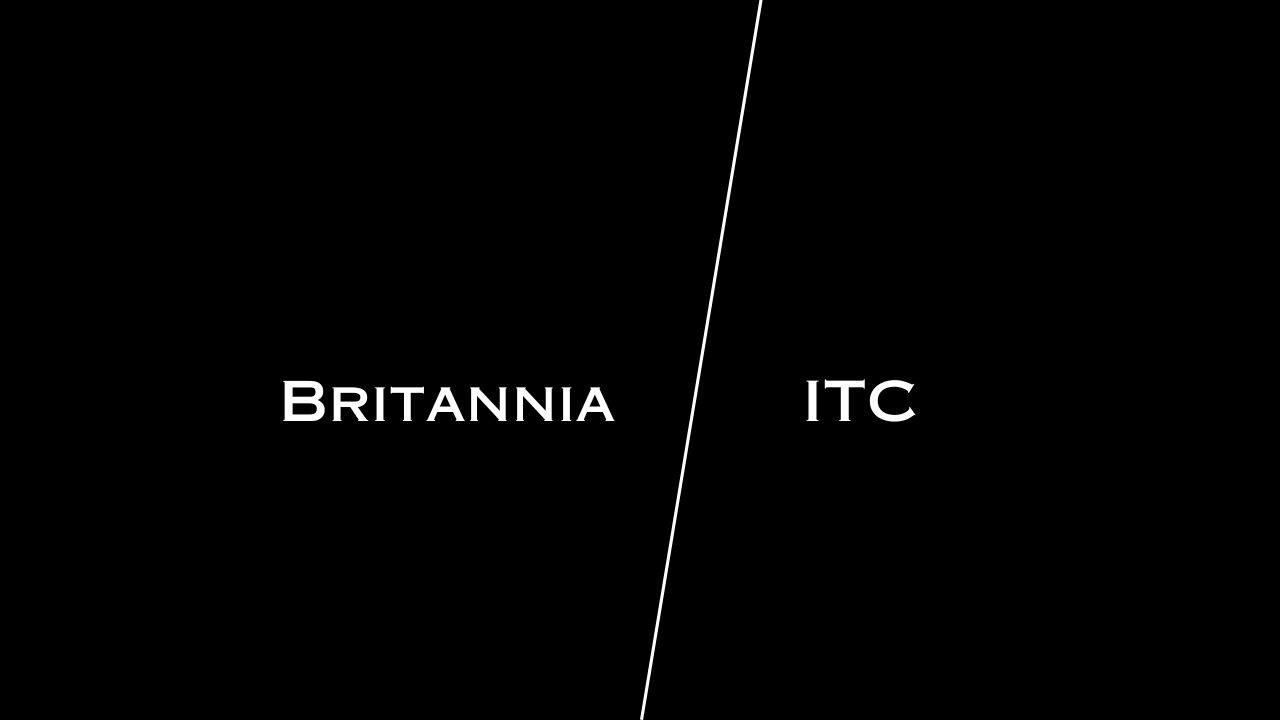Introduction
Apple’s iPhone and Samsung’s Galaxy lineup are two of the biggest names in the smartphone industry in the world. Apple is clearly selling more iPhones in the US, grabbing 52% of the smartphone market share in the first quarter of 2023, compared to Samsung, which sits in second place with a 27% share of the market.
Apple has a business model that is divided into products and services. Apple generated over $394 billion in revenues in 2022, of which $205.5 came from iPhone sales, $40 billion came from Mac sales, over $41 billion came from accessories and wearables (AirPods, Apple TV, Apple Watch, Beats products, HomePod, iPod touch, and accessories), $29.3 billion came from iPad sales, and $78.13 billion came from services.
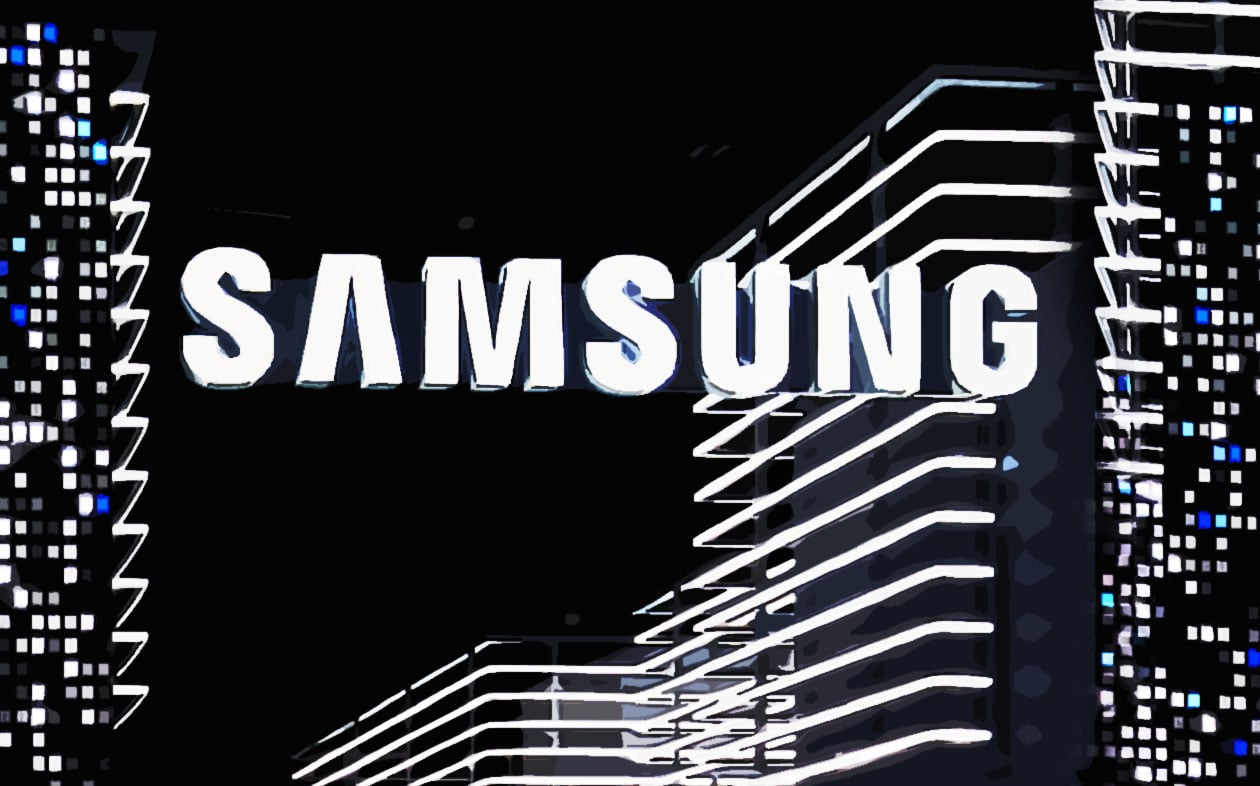
Samsung, South Korean company that is one of the world’s largest producers of electronic devices. Samsung specializes in the production of a wide variety of consumer and industry electronics, including appliances, digital media devices, semiconductors, memory chips, and integrated systems. It has become one of the most-recognizable names in technology and produces about a fifth of South Korea’s total exports.
Product Profile
Apple’s iPhone and Samsung’s Galaxy lineup are two of the biggest names in the smartphone industry. Apple’s iPhone and Samsungs’s Galaxy have different strengths and weaknesses, so which one is better depends on your needs. Samsung phones tend to have better cameras, battery life, and display quality, even on budget models. However, iPhones do offer better software support and data security.

Both Apple and Samsung make some of the best products in the industry. Even though both companies make the same things when it comes to consumer electronics (phones, laptops, wearables, and so on), their core customer bases are quite different. This has to do with differences in design, price, compatibility, functionality, and perhaps a bit of loyalty bias towards each brand, which were here to dispel.
Samsung offers several series of phones. The Galaxy A and M series are affordable options with high-end specs for those who just want the basics. The Galaxy S series is Samsung’s flagship lineup, offering some of the fastest chipsets and snappiest cameras on the market. And the Galaxy Z series brought the foldable form factor bag into fashion, but it comes at a more premium price.
The range of iPhones isn’t as wide as what you get with Samsung, as you won’t find many budget options. The iPhone SE is a scrappy mid-ranger that performs better than it looks, but other than that, you’re left with the iPhone 14 flagship series, whose models differ mainly in size and power.
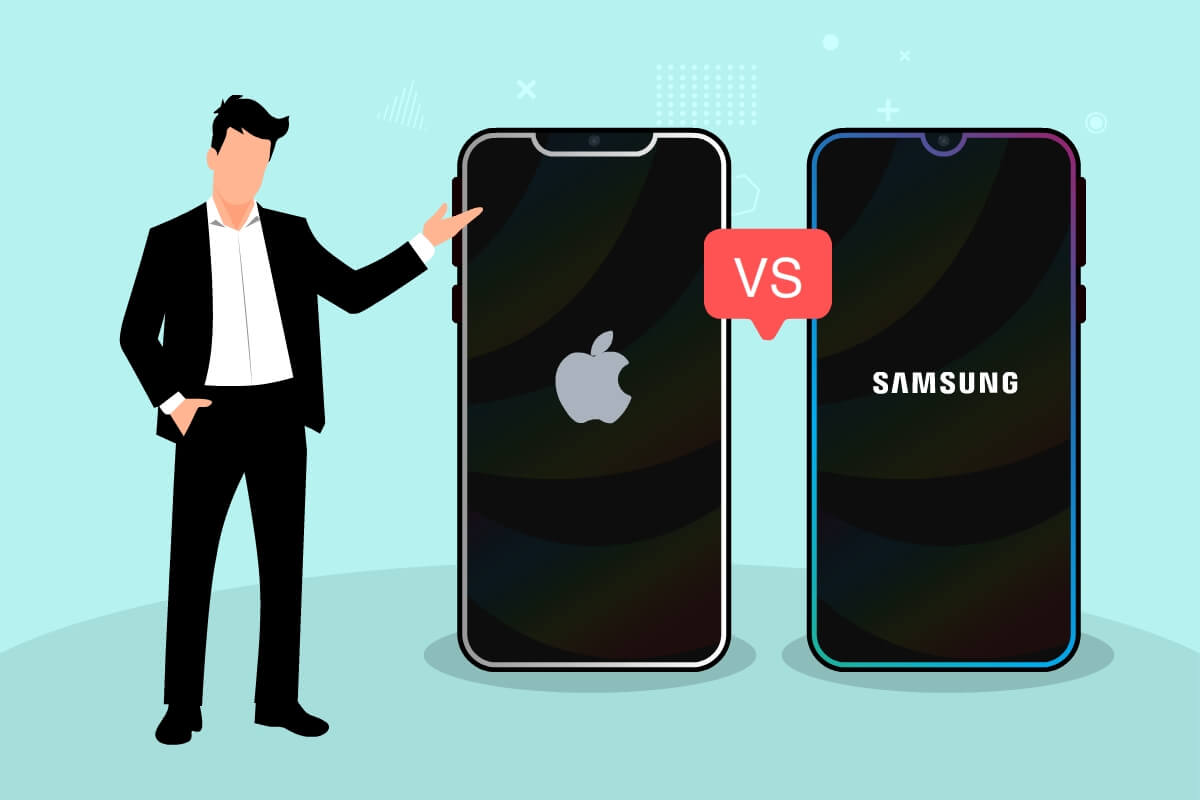
Apple Macbooks have led the charge in delivering light and slim laptops for years. Still, Samsung has followed its lead with the Galaxy Book series, offering impressive 2-in-1 convertibles such as the Galaxy Book 3 Pro 360. Samsung has also followed suit in designing better integration between devices, and their products work just as well with each other as Apple’s.
One of the more major differences, which may be a deciding factor based on how much tech you’ve already accumulated, is that all the latest Samsung devices use USB-C ports. With iPhones, you are limited to using Apple products to connect with its proprietary lightning port.
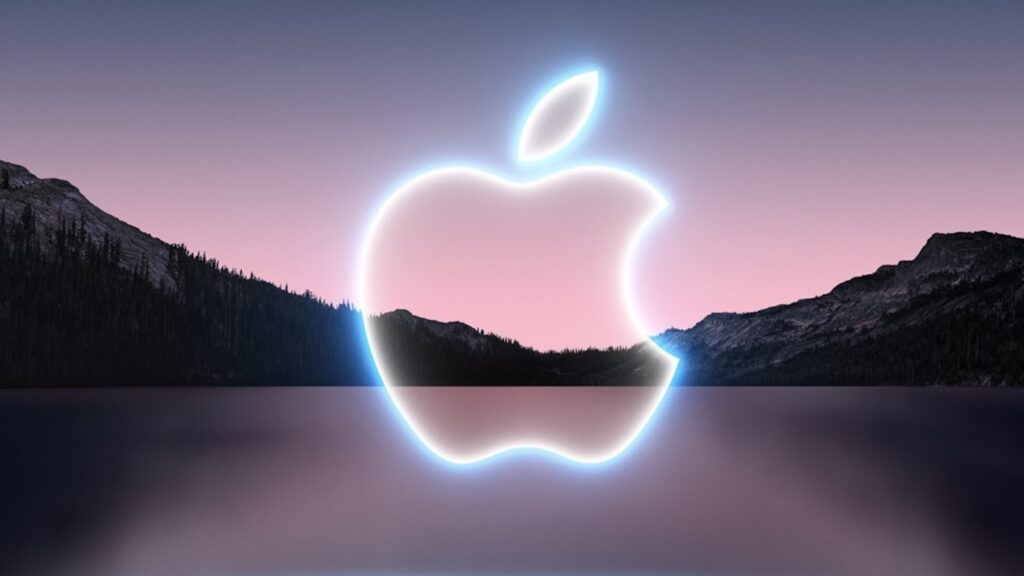
Financials
The following numbers are defined by Nasdaq.com
For Apple
| Year | Income | Expenses | Profitability Ratio |
| 2017 | $88,186,000 | 45,325,000 | $42,861,000 |
| 2016 | $84,263,000 | $41,272,000 | $42,991,000 |
| 2015 | $93,626,000 | $42,802,000 | $50,824,000 |
For Samsung
| Year | Income | Expenses | Profitability Ratio |
| 2017 | $81,589,030 | $52,348,358 | $29,240,672 |
| 2016 | $77,171,364 | $50,757,922 | $26,413,442 |
| 2015 | $77,927,187 | $52,902,116 | $25,025,071 |
Apple, Inc. Key Financials
| $ Million | 2012 | 2013 | 2014 | 2015 |
| Revenue | 156,508.0 | 170,910.0 | 182,795.0 | 233,715.0 |
| Net Income (loss) | 41,733.0 | 37,037.0 | 39,510.0 | 53,394.0 |
| Total assets | 176,064.0 | 207,000.0 | 231,839.0 | 290,479.0 |
| Total Liabilities | 57,854.0 | 83,451.0 | 120,292.0 | 171,124.0 |
Samsung Electronics Co., Ltd Key Financials
| $ Million | 2012 | 2013 | 2014 | 2015 |
| Revenue | 173,227.8 | 196,938.3 | 177,622.9 | 172,840.1 |
| Net Income (loss) | 19,971.6 | 25,687.6 | 19,882.9 | 16,103.3 |
| Total assets | 155,972.8 | 184,401.2 | 198,483.1 | 208,610.0 |
| Total Liabilities | 51,330.8 | 55,179.5 | 53,694.3 | 59,696.4 |
Apple vs Samsung comparison chart
| Features | Apple | Samsung |
| Design | Thinner & lightweight | Thicker & heavier |
| Display | Small | Large |
| Performance | High | Medium |
| Battery | Superb | Good |
| Camera | Great | Better |
| Apps & operating systems | IOS; More secure. | Android; Explore more apps |
| Assistant | Siri; Perform good | Google; Perform better |
| Support & Service cost | Costly | Affordable |
| Price | Costly | Affordable |
Market Share
iPhones made up 52% of the US smartphone market in the first quarter of 2023, with Samsung phones winning second place with a market share of 27%. Looking at 2022 as a whole, Canalys reported that Samsung was the number one brand with a 22% market share. Apple, on the other hand, was in second place, grabbing 19% of the market.
Comparison
- From a business model perspective, the two companies are constantly converging and modifying, although stark contrasts remain. Samsung has been a global force longer and has its hands in more industries. Apple’s rise has been comparatively meteoric and focused.
- Samsung’s business model has focused on vertically integrating supply chains and ramping up production volume. Apple has made a business strategy of focusing on design and user experience while outsourcing elements such as manufacturing.
- Samsung and Apple are two consumer electronics giants with global reach and loyal customer bases.
- Samsung relies on vertical integration as a chief competitive advantage. While Apple still imports billions of dollars’ worth of components from its rival every year, Samsung is beholden to nobody. It is not a magical formula, Nokia was almost as integrated before being steamrolled by Apple and Samsung, but Samsung controls some logistical certainty in a way that Apple does not.
Work Profile
The overall rating of Samsung is 4.1, whereas Apple is rated 4.4 out of 5.0. Apple is rated higher for skill development, salary & benefits, job security, work-life balance, company culture, work satisfaction and career growth. Apple is rated 4.3/5.0 for work-life balance, while Samsung is rated 3.9/5.0. At Apple, 44% of employees reported working from Monday to Friday, and 66% mentioned having flexible timings. For Samsung, 53% of employees reported working from Monday to Friday, and 45% mentioned having flexible timings.
Both Apple and Samsung have received extensive public criticism for company culture and labor practices.
Apple practices, such as anti-competitive behavior, sweatshop labor, data security breaches, misleading customers on warranties, and other service-related issues have raised business ethics alarms.
Apple’s career management brochure summarizes company policy on career development as follows: “Apple can’t guarantee lifelong employment. Your responsibility is to drive your own development and career.”
Compared to other companies of similar stature, Samsung employees ranked their overall experience at the company very poorly. According to Glassdoor, only 38 percent of employees would recommend working at the company to a friend. Samsung CEO approval rating is currently at 50 percent.
Samsung supports research and the opportunities that can grow from innovative ideas. The Samsung Research operates a Creative Lab Program to support employee ideas and provides funding and consultation to further develop creative solutions for the future.
Conclusion
Apple is so big that it can live comfortably without Samsung. Similarly, Samsung doesn’t need to be an Apple vendor to flourish.
As competitors in the marketplace, they’ve put life-changing electronics in the hands of hundreds of millions. As competitors in the halls of justice, they’ve spent enormous sums of money to assert their dominance. It’s a safe bet that both companies will continue to innovate for decades more.

